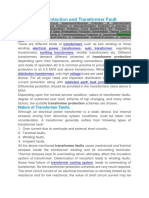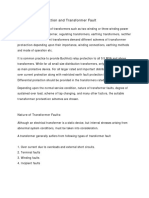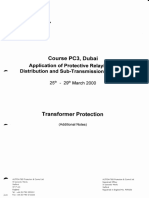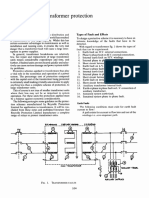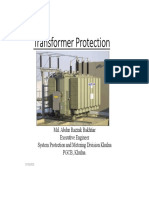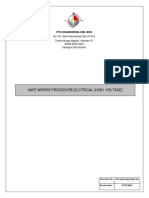0% found this document useful (0 votes)
36 views3 pagesTransformer Protection and Transformer Fault
Transformer Protection and Transformer Fault
Uploaded by
sanjay kumarCopyright
© © All Rights Reserved
We take content rights seriously. If you suspect this is your content, claim it here.
Available Formats
Download as DOCX, PDF, TXT or read online on Scribd
0% found this document useful (0 votes)
36 views3 pagesTransformer Protection and Transformer Fault
Transformer Protection and Transformer Fault
Uploaded by
sanjay kumarCopyright
© © All Rights Reserved
We take content rights seriously. If you suspect this is your content, claim it here.
Available Formats
Download as DOCX, PDF, TXT or read online on Scribd
/ 3
